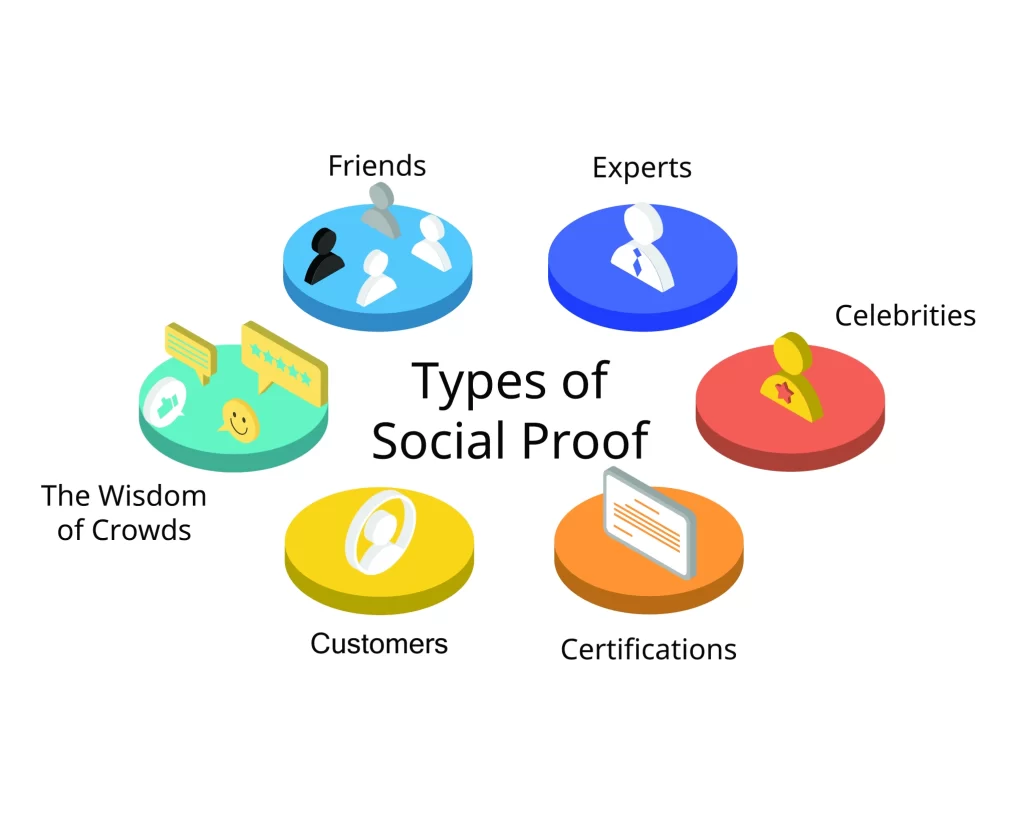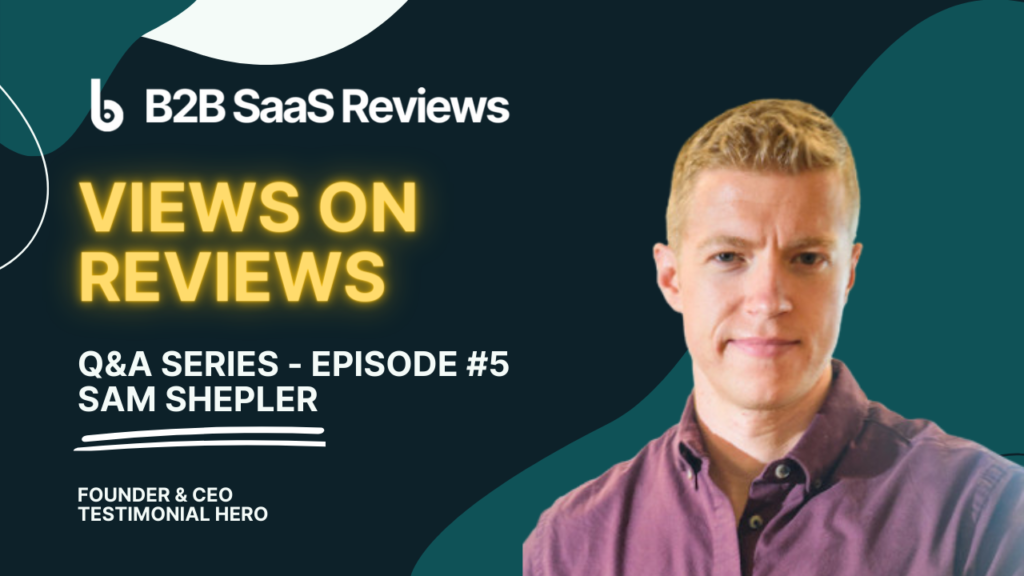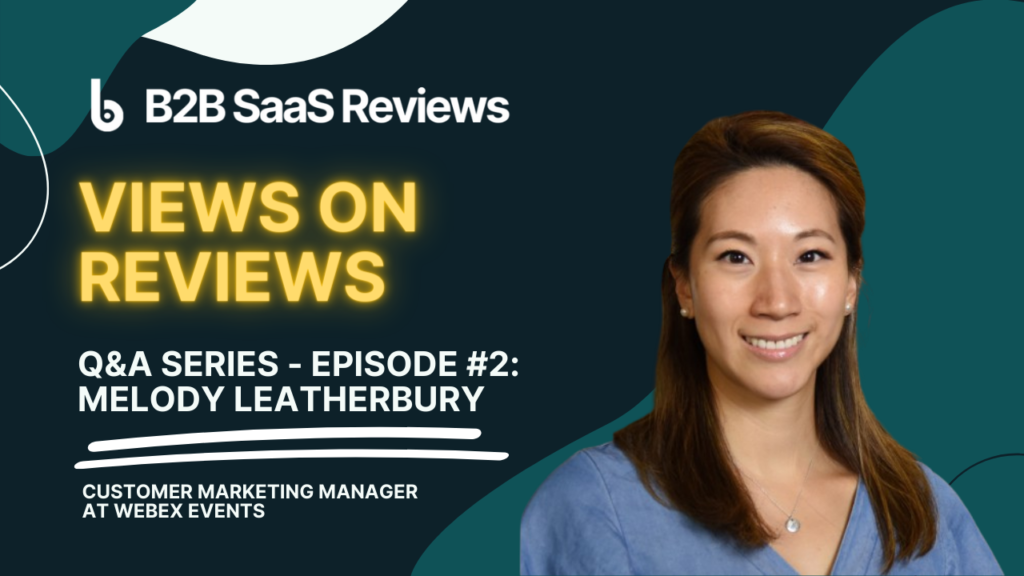Product-Led Growth (PLG) and Partner-Led Growth (also PLG?) are typically viewed as distinct approaches but complement each other. Data from PeerSignal.org and PartnerStack reveal an intriguing intersection where these strategies coexist and enhance each other’s strengths.
This blog post delves into the dynamics of this convergence, illustrating how product-led growth companies can use partnerships to build trust and win more new users.
Table of Content
Why Partners Support Product-Led Growth (PLG)
At the core of this convergence is building trust.
Product-led growth (PLG) strategies concentrate on making great products and improving customer experience. They work well with partner-led methods to build relationships and grow networks. The collaboration of PLGs does more than just combine goals. It mixes different ways of doing things in a way that makes both strategies stronger.
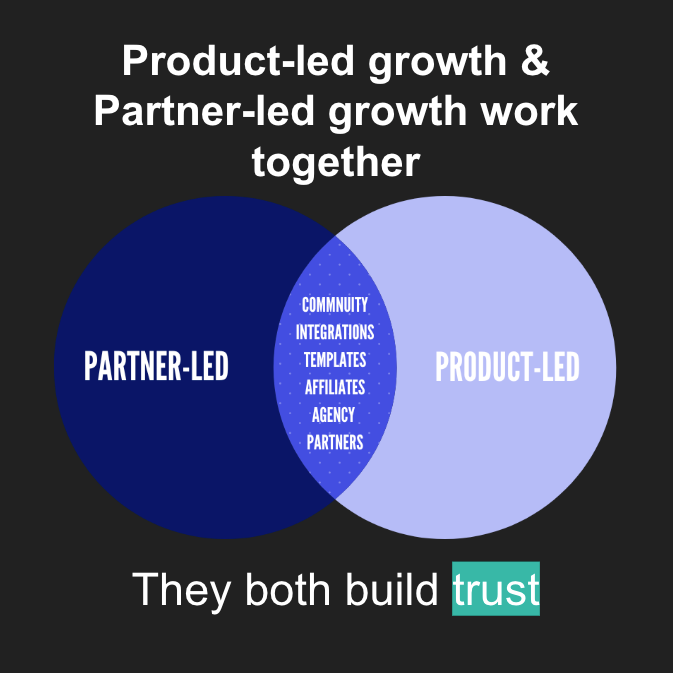
Companies that follow a Product-Led Growth (PLG) strategy do more than use their products to attract customers. Beyond getting user reviews, they also build partnerships like other companies.
5 Ways Partners Support Product-Led Growth
While Product-Led Growth (PLG) companies invest in partner programs at the same rate as non-PLG companies, 64% of PLG companies invest more in certain types of partnerships: communities, integrations, affiliates, agencies, and referral partner programs.
Let’s look at how PLG companies use these five partner program types.
Community Partners: Adding Value to Others
Community involvement is a standout feature for PLG companies.
52% of the PLG Index vs. 30% of the B2B Growth Index.
SaaS companies like 1Password, Airtable, and Webflow have built thriving communities where partners and products play important roles.
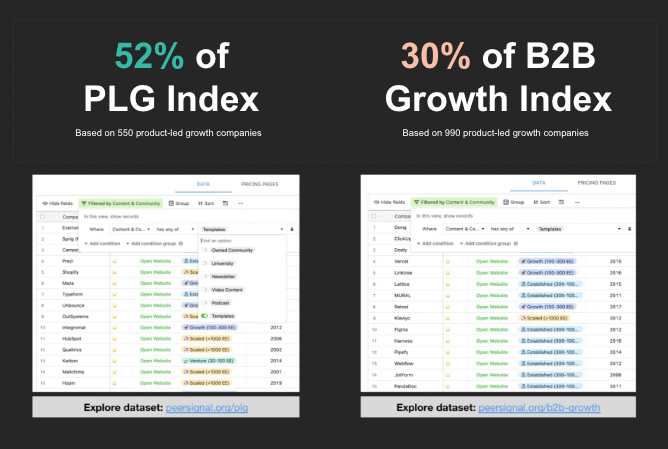
Webflow has woven its partners into the fabric of its 75,000+ member community. This engagement ranges from resource contributions to event sponsorships, fostering a vibrant ecosystem where partners become community leaders and influencers.
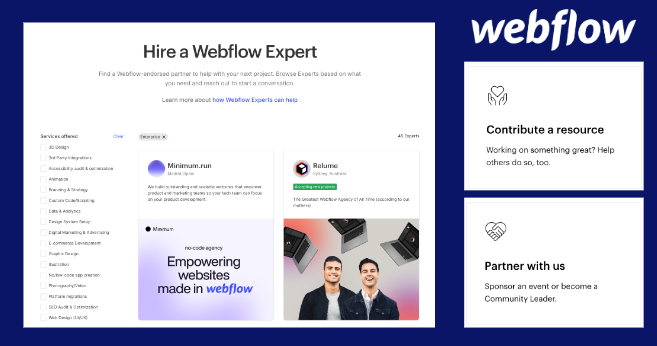
Integration Partners: Extending Product Functionality
PLG companies also prioritize integrations, understanding their value in enhancing product functionality and user experience.
23% of the PLG Index vs. 12% of the B2B Growth index prominently market 3 or more Integrations.
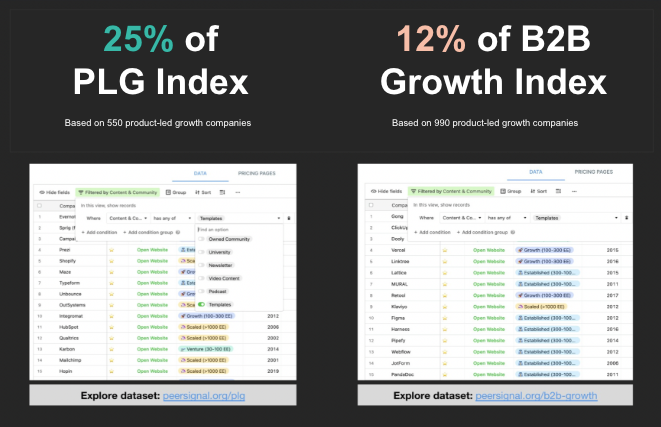
Aircall is one example of a PLG company ahead of the curve for its size in building an app marketplace.
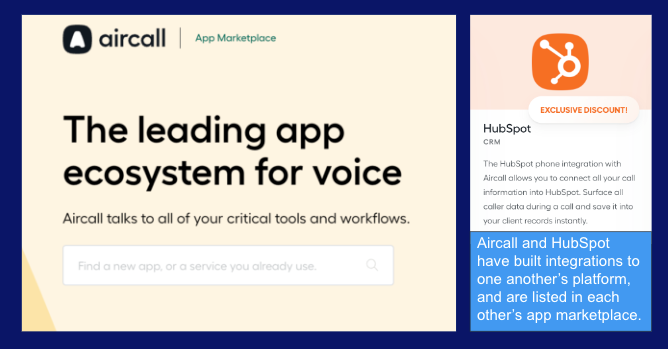
They’ve built a thriving app marketplace of over 100 apps that help Aircall integrate with other tools and workflows used by the customer — effectively extending the Aircall product. Note that Aircall also runs a channel program in addition to its integration partner program.
Best App Marketplaces in B2B SaaS: 5 Top Examples
Affiliate Partners: Driving New Users Through Content Creation
The emphasis on affiliate and agency programs is more pronounced in PLG companies.
12% of the PLG Index vs. 4% of the B2B Growth Index run an affiliate program. Of the forms of partnership listed here, this is the one that has the highest rate of PLG companies doing it more than their non-PLG peers.
Unbounce, Teamwork.com, and Close.io are examples of PLG companies running top-notch affiliate programs.
Unbounce has set New Trial Starts as its most important KPI for Marketing and partnerships. Unbounce onboarded 5,000+ partners (mainly affiliates) who now drive 25% of Unbounce’s New Trial Starts (NTS). Crucially, that hasn’t come at the cost of taking users away from existing acquisition channels like paid search. It’s helped reduce customer acquisition costs (CAC) overall as partners are bringing in customers Unbounce wouldn’t typically market to.
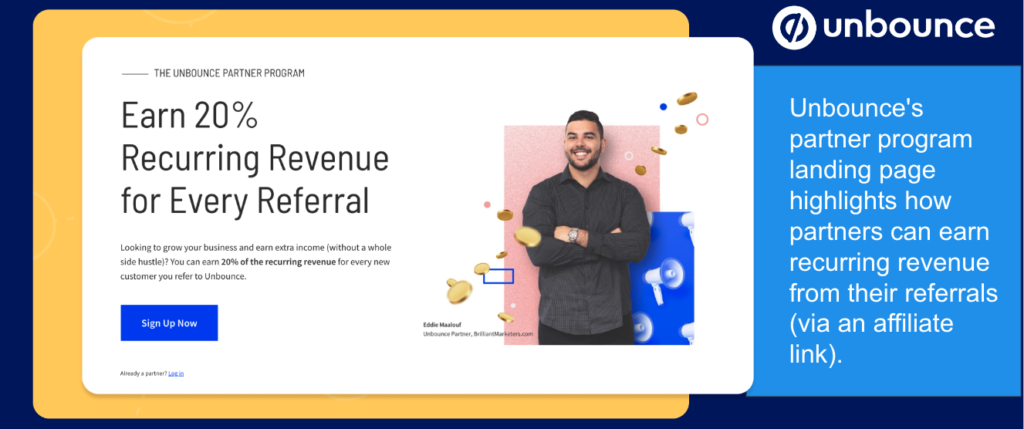
Teamwork discovered something strange happening with their customer referral program: the majority of revenue was actually coming from affiliate marketers. A large number of referrals (10-15%) came from users with free accounts with low usage. Unlike referral partners, who often need more product enablement to be successful, affiliate partners can drive people to try a product.

Agency Partners: Supporting Customer Success and Growth

Sprout Social‘s agency program, with over 4,000 agencies worldwide, is one to watch. Their agency partners benefit from revenue sharing, exclusive content, training, and a community of Sprout Social agency partners. In return, agency partners refer prospects and help customers get the most value from the product.
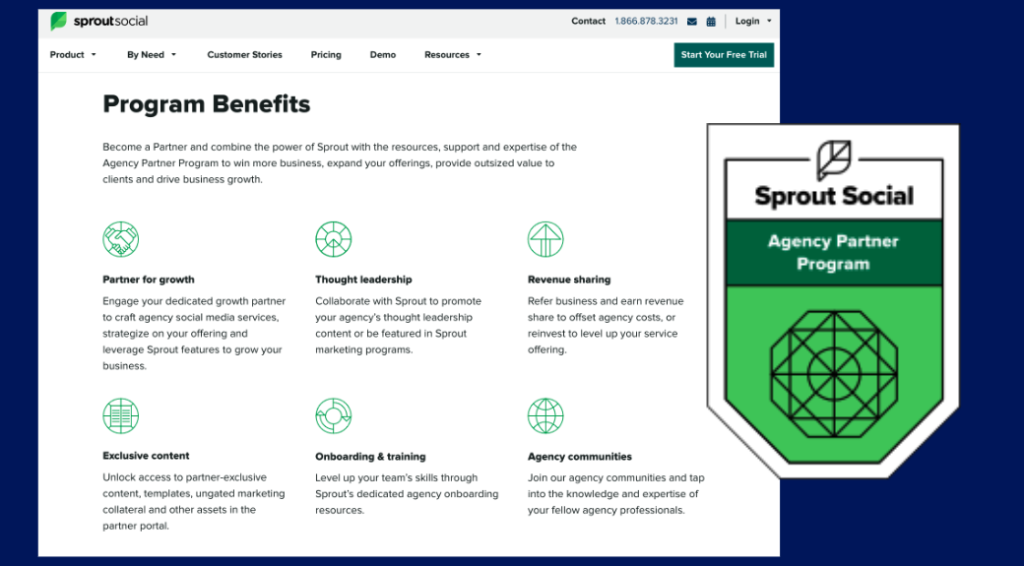
Referral Programs: Increasing Leads and Deal

Formstack is an excellent example of a PLG company (with a free trial) that also has a referral and reseller partner program to support mid-market and enterprise businesses.
Formstack takes an enablement-first approach with partners. Rather than focusing on completing courses and consuming information, partners build a Formstack project to prove they understand the product and what it can do for customers. It’s working: Formstack’s referral and reseller programs drive 50% of revenue for its mid-market and enterprise sales teams.
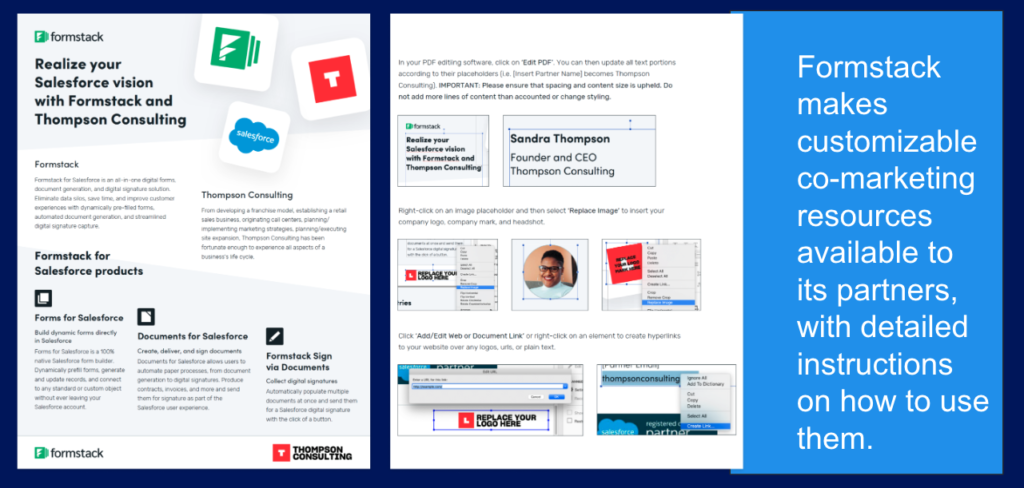
The Impact of Partnerships on Product-Led Growth
PLG companies unlock new revenue streams by empowering partners.
According to PartnerStack data on 500 B2B SaaS companies, Product-Led Growth (PLG) companies realize 32% greater returns from partner programs, i.e. more partner commissions generated (a proxy for partner-sourced revenue.)
To learn more, visit PartnerStack to learn how Product-Led Growth companies — and other B2B SaaS companies — are growing their revenue with partner programs run on PartnerStack.
Visit PeerSignal to get datasets to help you benchmark GTM, discover role models, and map your market.
Also, check out the 21 Top Partner Tools to Grow SaaS Revenue to learn what partner software can help your product-led growth.
Author
-

I'm the Founder and Editor-In-Chief of B2B SaaS Reviews and the Director of Demand Generation at PartnerStack, the leading platform for partner management and affiliate marketing in B2B SaaS. My experience spans several notable B2B SaaS companies, including Influitive (Advocate Marketing), LevelJump (Sales Enablement, acquired by Salesforce), and Eloqua (Marketing Automation, acquired by Oracle). I hold a Bachelor of Commerce in Marketing Management from Toronto Metropolitan University and a Master of International Business from Queen's University, with academic exchanges at Copenhagen Business School and Bocconi University.

